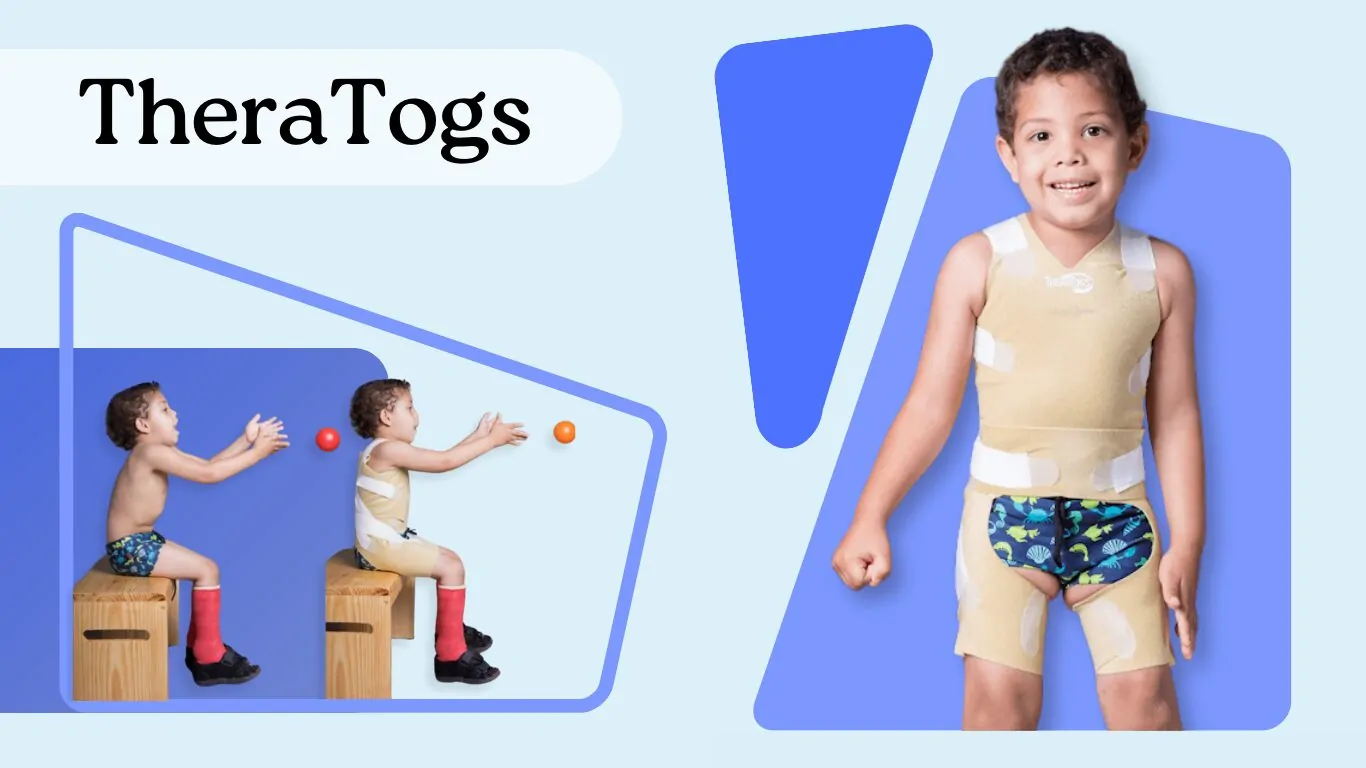TheraTogs – Innovative Support for Postural Correction in Children
TheraTogs has drawn attention across pediatric therapy circles for providing an inventive way to boost postural correction and neuromotor support in children. Designed by pediatric physical therapist Beverly “Billi” Cusick, it offers benefits that extend far beyond standard in-clinic sessions. One might argue that parents and therapists already juggle enough daily challenges. Yet there’s always … Read more

